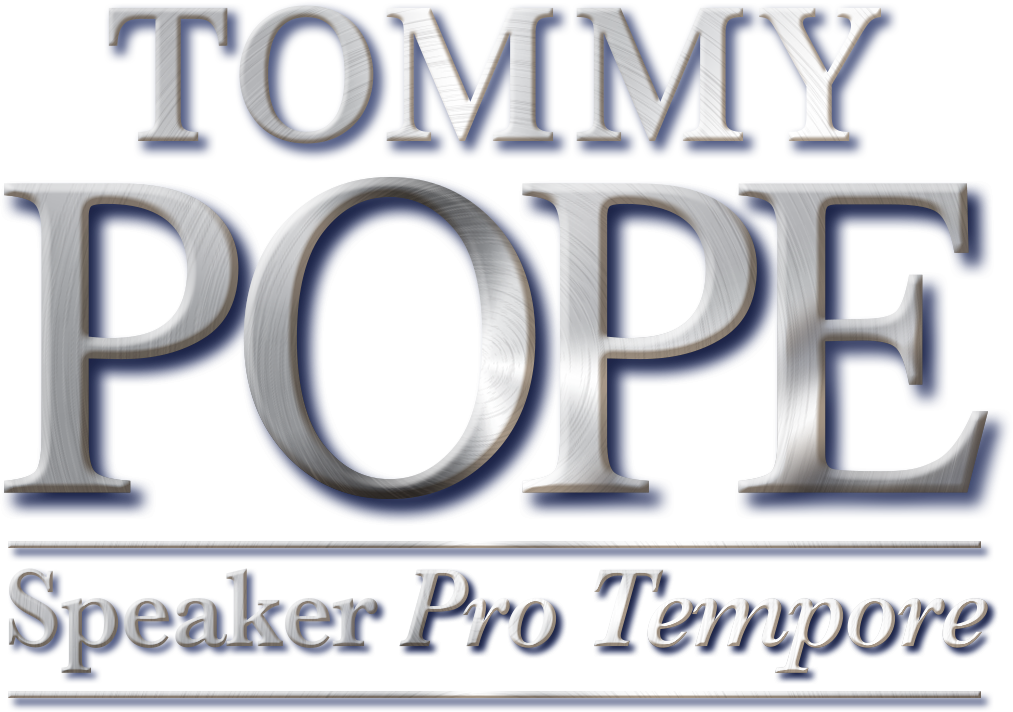H. 3579- The Full Story
1. Restructuring Part 1: Department of Transportation
- Governor will appoint all HWY Commissioners with JTRC screening (7 districts and 1 statewide)
- Commission will appoint a Secretary with advice and consent of Senate.
- Commissioners serve at pleasure of Gov.
- Current Commissioners will serve out the remainder of term before replacement can be appointed by the Governor.
- No terms, may serve up to a maximum, combined 12 years – RETROACTIVE
2. Restructuring Part 2: State Infrastructure Bank
- SIB expanded from 7 to 13 members: 7 district HWY Commissioners, 3 House Speaker appointments and 3 Senate President appointments: 1 of each is ex officio Rep/Senator.
- At least one of each of the two non-legislator appointments made by Sen. President/House Speaker must be from a “distressed or least developed” area, just like Rural Infrastructure Authority members.
- No terms for board members – may serve up to a maximum, combined 12 years – RETROACTIVE
- $25 M project minimum as opposed to current policy of $100 M.
- Must follow prioritization criteria set by SCDOT with Act 114.
- A Joint Resolution can override prioritization criteria requirement – single project only.
3. Transfer of Local Routes as identified by SCDOT:
- Voluntary participation for local governments – participants receive additional C-Funds.
- Phased in with 3 parts, increased funds and road transfers in each phase.
- SCDOT identifies roads for transfer. Local governments choose 1/3 of the roads identified to take by Jan. 1, 2016, another 1/3 on 1/1/2018 and the final 1/3 on 1/1/2020.
- If participants do not inform SCDOT of which 1/3 of their roads they would like to take, SCDOT will make that decision on Nov. 1.
- C-Funds increased for participants in first year by $1 M, $500K for those who opt-out in first year, but choose to start participating in the second phase, and finally $250K for those who choose to participate in the 3rd phase or any time thereafter. Those participating in phase one and phase 2 will see additional C-Fund allocation increases (above the $1 M in $500 K) in subsequent phases.
- C-Fund revenues will increase from 2.66 cents/gallon to 4 cents/gallon in year one, 5 cents/gallon in 2018, and 6 cents/gallon in 2020. Requirement that 25% of C-funds be spent on state roads is removed, and in turn, $25 M is set aside to provide each county with an equal amount (approximately $540 K/year) to be spent solely on state owned roads.
- Only participants will see an increase in C-Fund allocations. Additional funds will be deposited into DOT’s main highway account for counties choosing not to participate.
4. Funding:
- Adding an Excise Tax equivalent to the state sales tax (6%) – this is equal to the removal of the sales tax exemption. Using two 6 month base periods, the penny amount of the tax will be set using an average of the wholesale price from the base period, to set the tax amount for the following 6 months. This is very similar to the 2012 TRAC recommendations.
- The intent is to create a moving component to the revenue base, with a diversified gas tax that reacts to the market with controls (capped at a change of no more than 2 cents a year to limit volatility in the tax when oil prices fluctuate dramatically).
- Drops the flat motor fuel user fee from 16.75 to 10.75/gallon and adds a 6% excise tax on motor fuels. Maximum combined gas tax of no more than 26.75 cents/gallon.
- Estimated average impact per passenger vehicle is $50/yr. (22 MPG/11,000 miles/year)
- All the Auto-sales tax revenues dedicated to the NFA HWY Fund go to the State HWY Fund.
- Auto Sales tax increase from $300 to $500. Hold EIA harmless, send all other revenue from sales tax to HWY Fund – total estimate of $170 M.
- Fiscal impact of H.3579 (Ad Hoc Bill) is $427 M in total new revenue for FY 15-16.
- The bill also provides for a moratorium on any new construction until 2020 with certain exceptions.
- Following the House passed version of the FY 15-16 Appropriations Bill, $50 M of the Auto sales tax transferred from the General Fund to the SCDOT will be used to service bonds through the SIB, as done in FY 13-14 with Act 98.
5. Income Tax Reduction:
- Income Tax bracket adjustment phased in over two years, which increases the bracket amount for each tax rate by $140 in FY 16, and a total of $280 in phase two – FY 17.
- These bracket adjustments lower the amount paid by taxpayers by allowing more income to be exempt from Individual Income Tax and taxing more income at the lower rates before reaching the 7% bracket.
- In year two, the savings to the average SC tax payer would be $48/yr.
6. General Funds:
- Over the last several years, the General Assembly has dedicated significant amounts of General Fund dollars to infrastructure.
- Act 98 included $500 M in bonds serviced by GF transfers of $50 M annually, $50 M in one-time GFs for bridges, and 50% of all auto sales tax revenues not dedicated to education.
- 3579 builds on that success by sending the remaining auto sales tax revenues to SCDOT and another $50 M/yr to the SIB for another ~$500 M in bonds.
- Combined, this represents ~$200+ M in annual General Fund dollars now going to roads and infrastructure. With the full bond proceeds from the SIB included, the General Assembly has directed approximately $2 B of the GF to be spent on infrastructure over the next decade.


